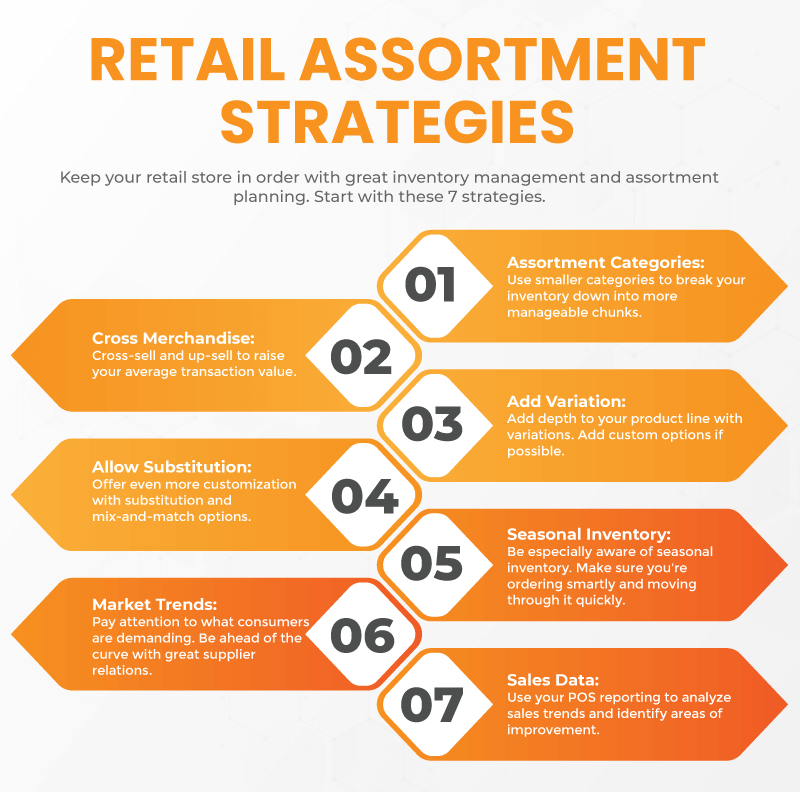Effective assortment planning is a fundamental aspect of running a successful retail business. By strategically curating the selection of products offered to customers, retailers can drive sales, enhance customer satisfaction, and ultimately boost profitability. In this guide, we will delve into the key principles and strategies of effective assortment planning, providing you with the tools you need to optimize your retail operations.
Understanding Customer Demand
At the core of assortment planning lies a deep understanding of customer demand. Analyzing customer preferences, buying behaviors, and trends is essential in determining the products that will resonate with your target audience. By leveraging market research data, sales analytics, and customer feedback, retailers can gain valuable insights into what drives purchasing decisions.
Selection Process
The selection process is where retailers translate customer insights into actionable assortment plans. It involves categorizing products, determining inventory levels, and aligning assortments with specific locations or channels. Retailers must consider factors such as seasonality, trends, pricing, and product attributes to create a well-rounded assortment that meets the needs of their target market.
Merchandising and Visual Presentation
Merchandising plays a vital role in showcasing the selected assortment and influencing purchasing decisions. Creating visually appealing product displays, signage, and layouts can capture the attention of customers and encourage them to make a purchase. Retailers should pay close attention to merchandising strategies to effectively highlight key products and drive sales.

Image courtesy of koronapos.com via Google Images
Monitoring and Adjusting Assortments
Assortment planning is an iterative process that requires constant monitoring and adjustment. By tracking sales performance, customer feedback, and market trends, retailers can evaluate the effectiveness of their current assortment and make necessary changes to optimize their offerings. Regularly reviewing and updating assortments ensures that retailers remain competitive and responsive to shifting market demands.
Case Studies
Several successful retailers have demonstrated the power of strategic assortment planning in driving sales and fostering customer loyalty. By carefully curating their product selections, these retailers have been able to differentiate themselves in the market, attract new customers, and retain existing ones. Through real-life examples and case studies, we can observe how effective assortment planning can directly impact a retailer’s bottom line and long-term success.

Image courtesy of www.intelligencenode.com via Google Images
In Conclusion
Effective assortment planning is a cornerstone of retail success. By understanding customer demand, strategically selecting products, prioritizing merchandising and visual presentation, and continuously monitoring and adjusting assortments, retailers can elevate their operations and stay ahead of the competition. Implementing best practices in assortment planning is key to driving sales, enhancing customer satisfaction, and ultimately achieving retail success.



